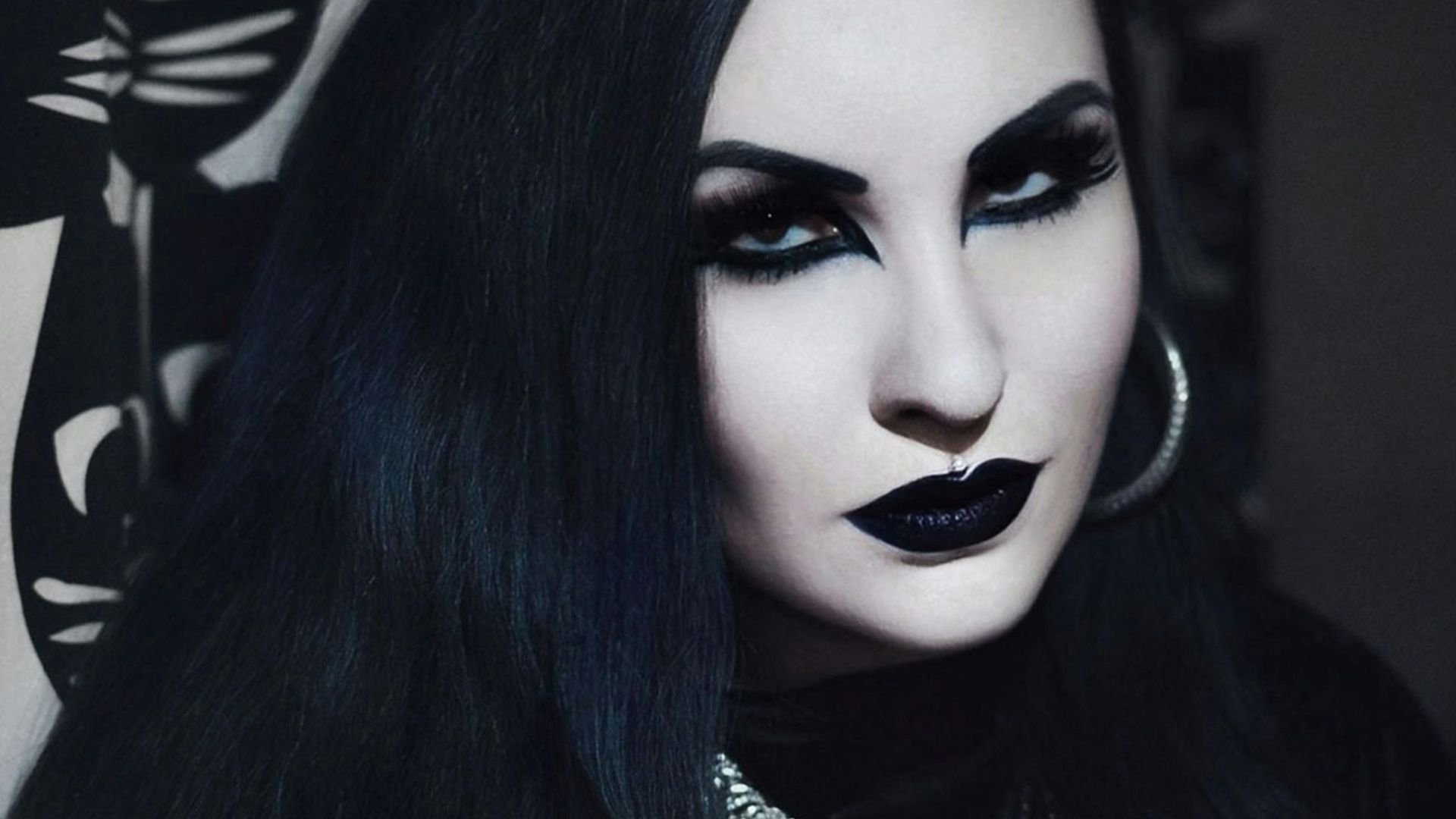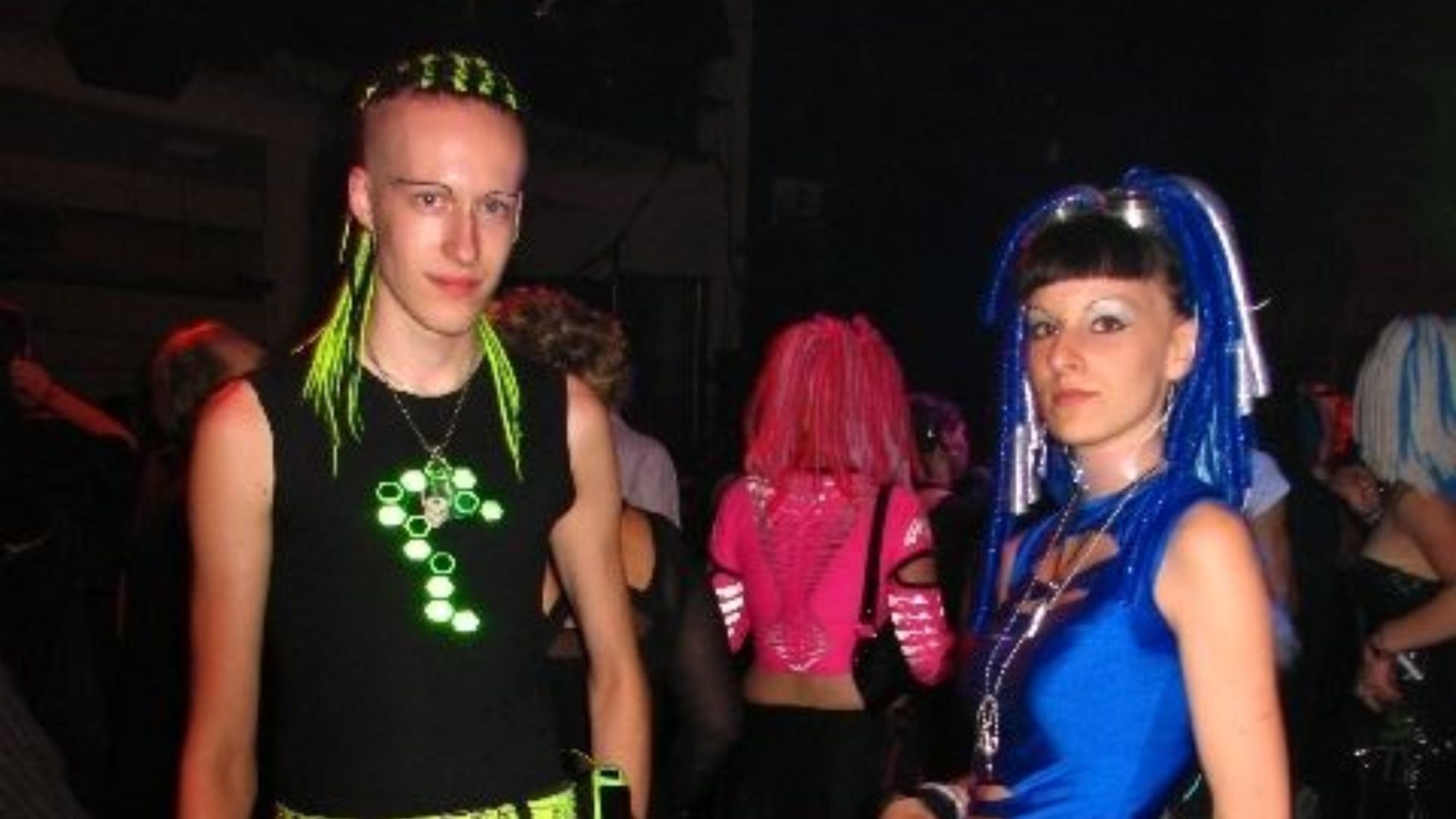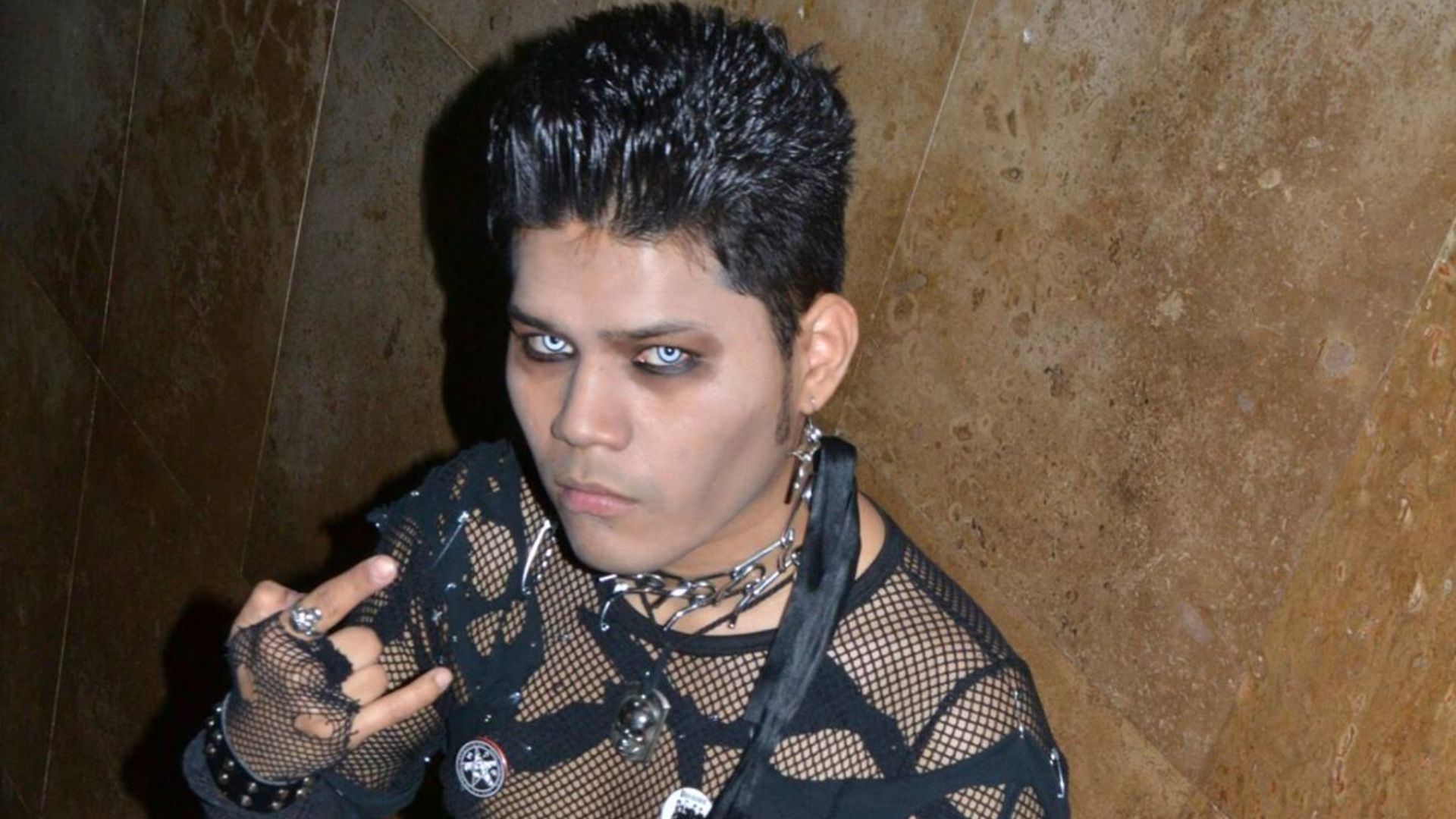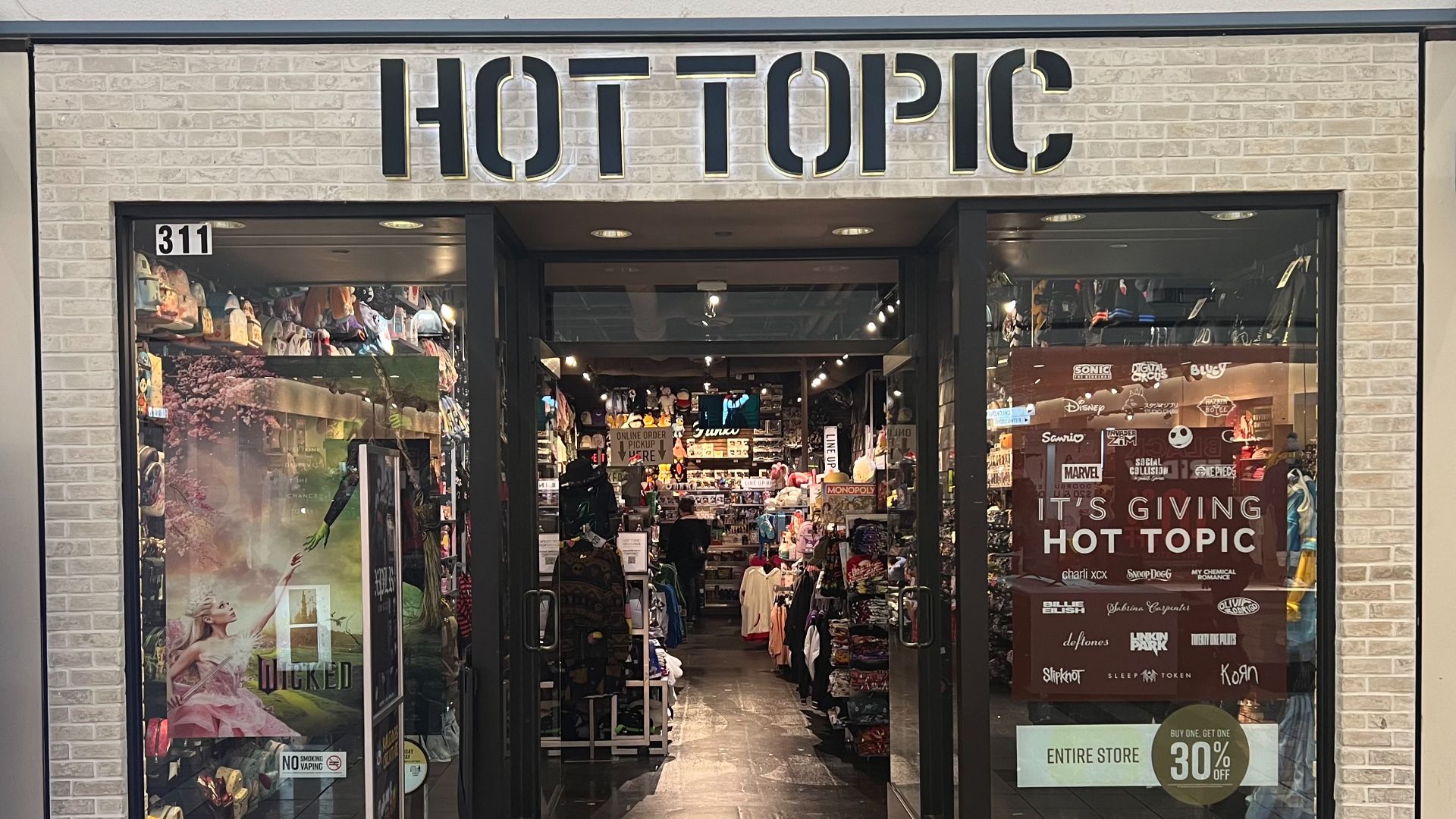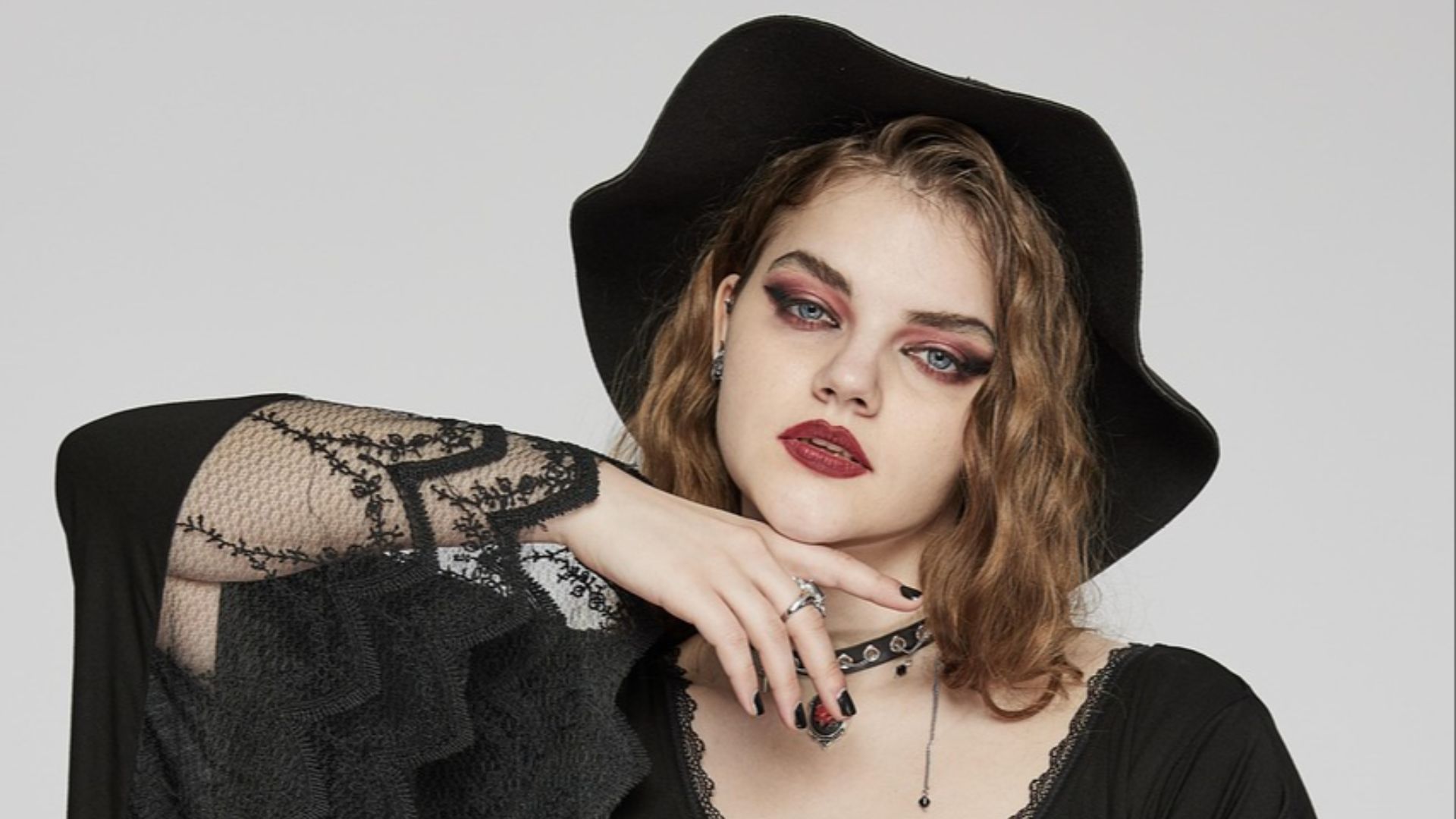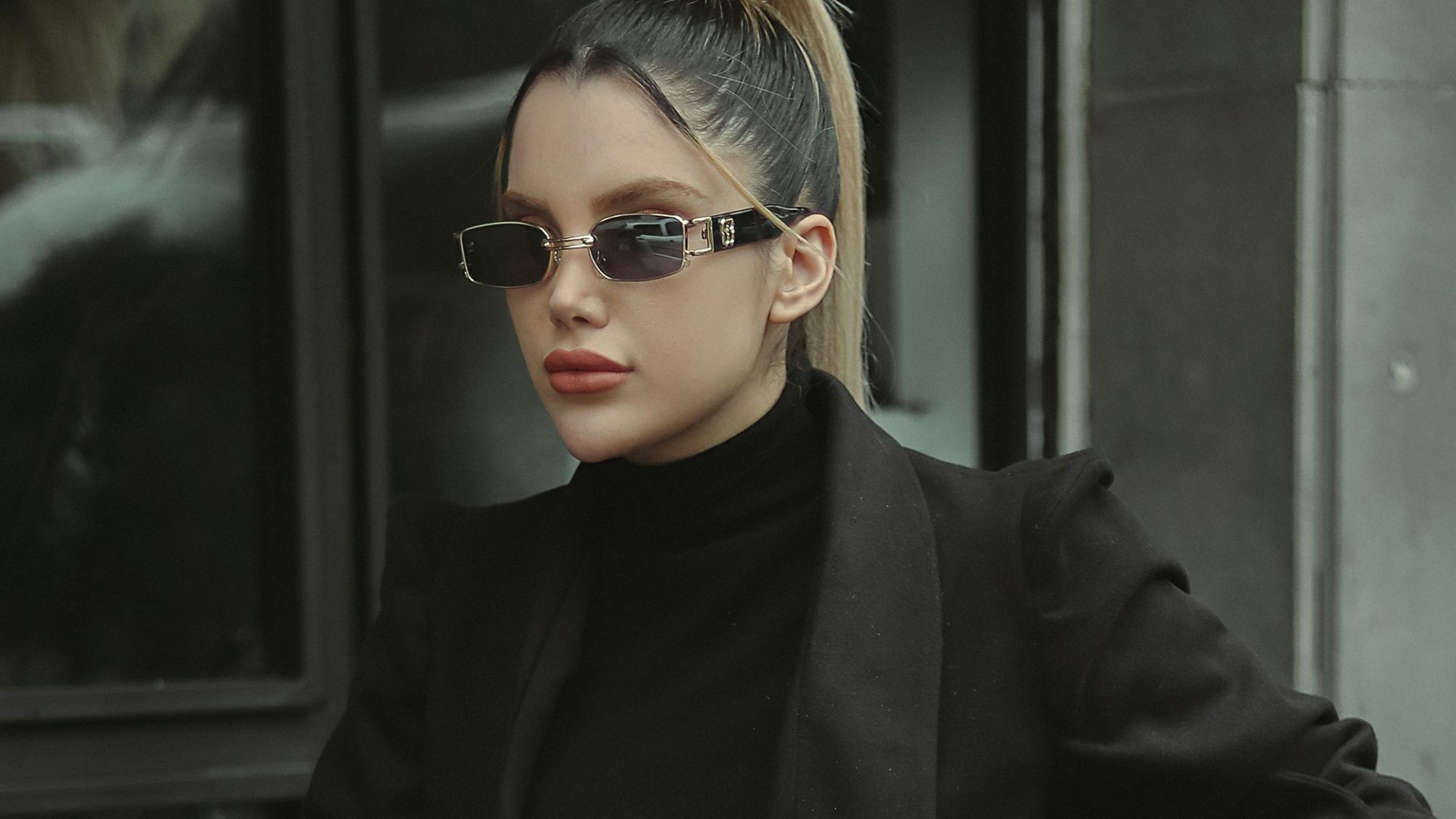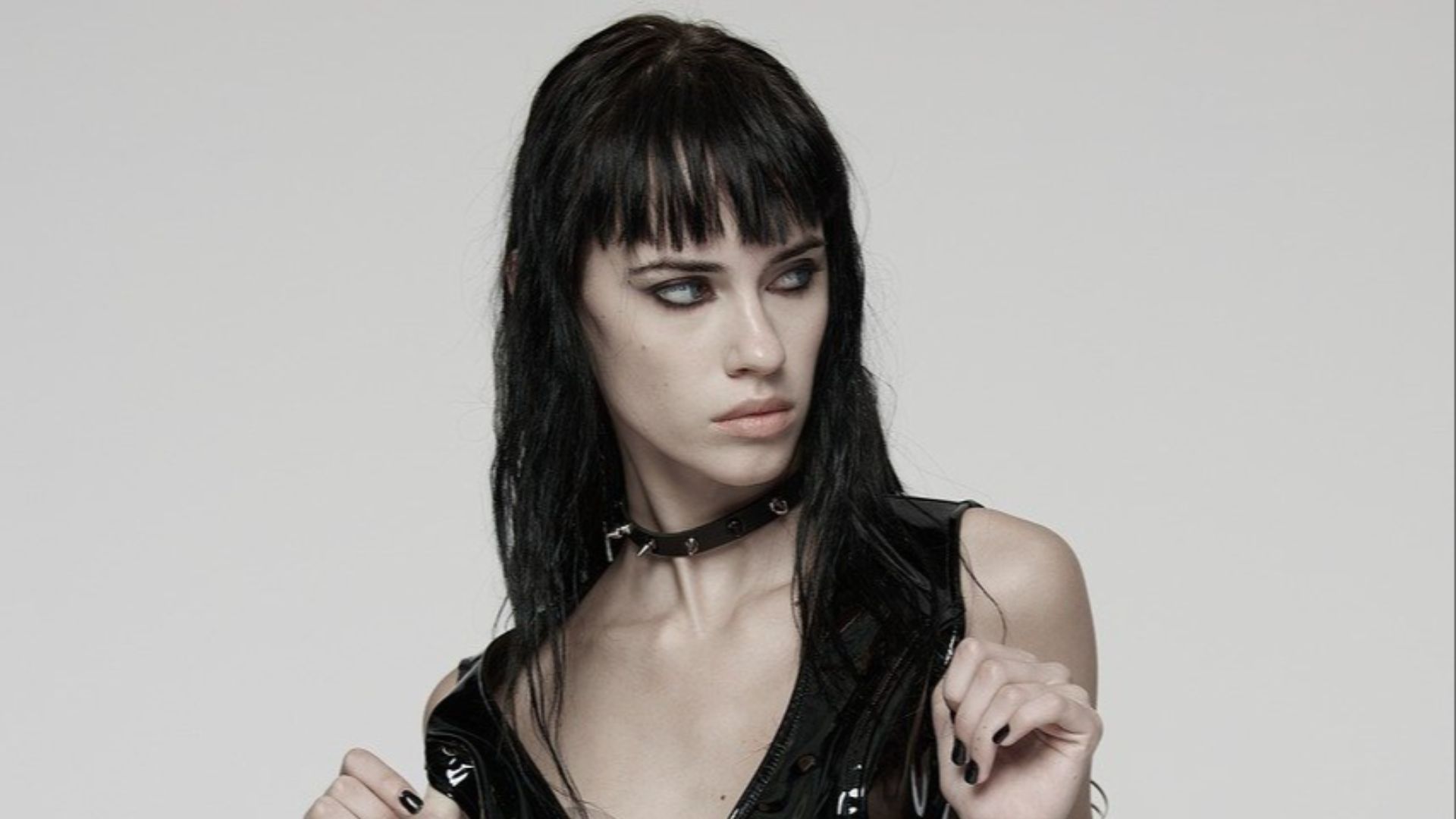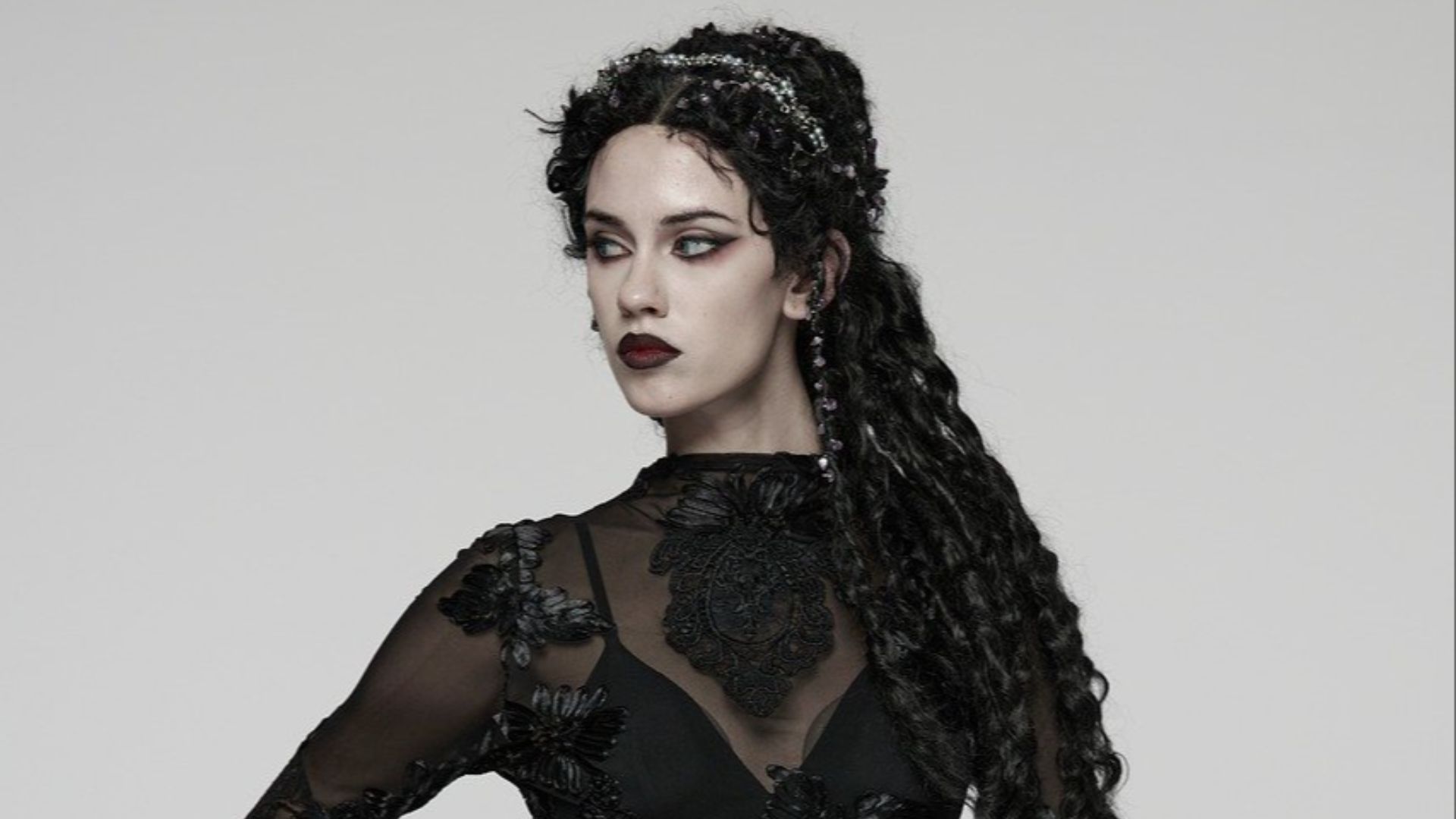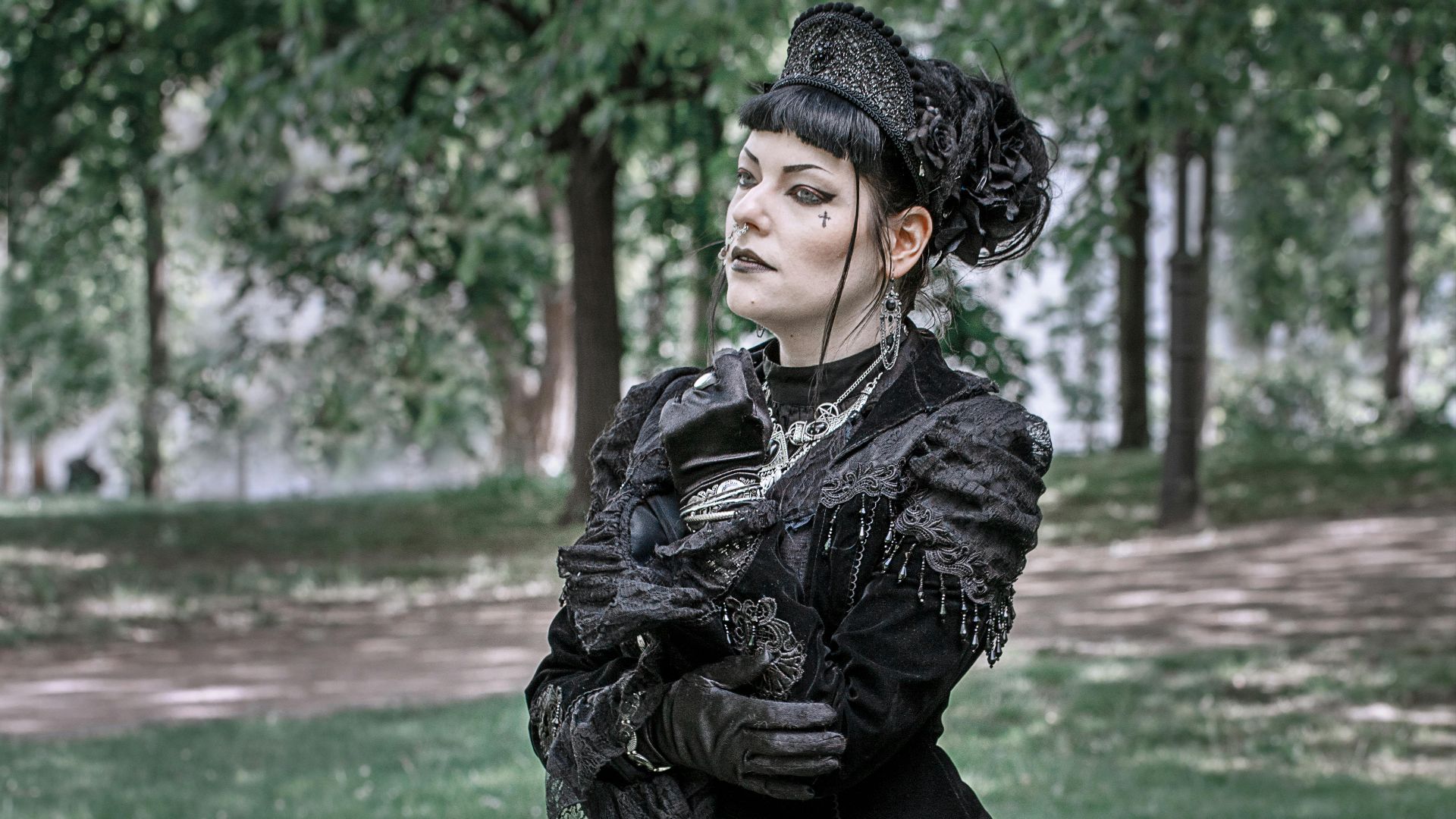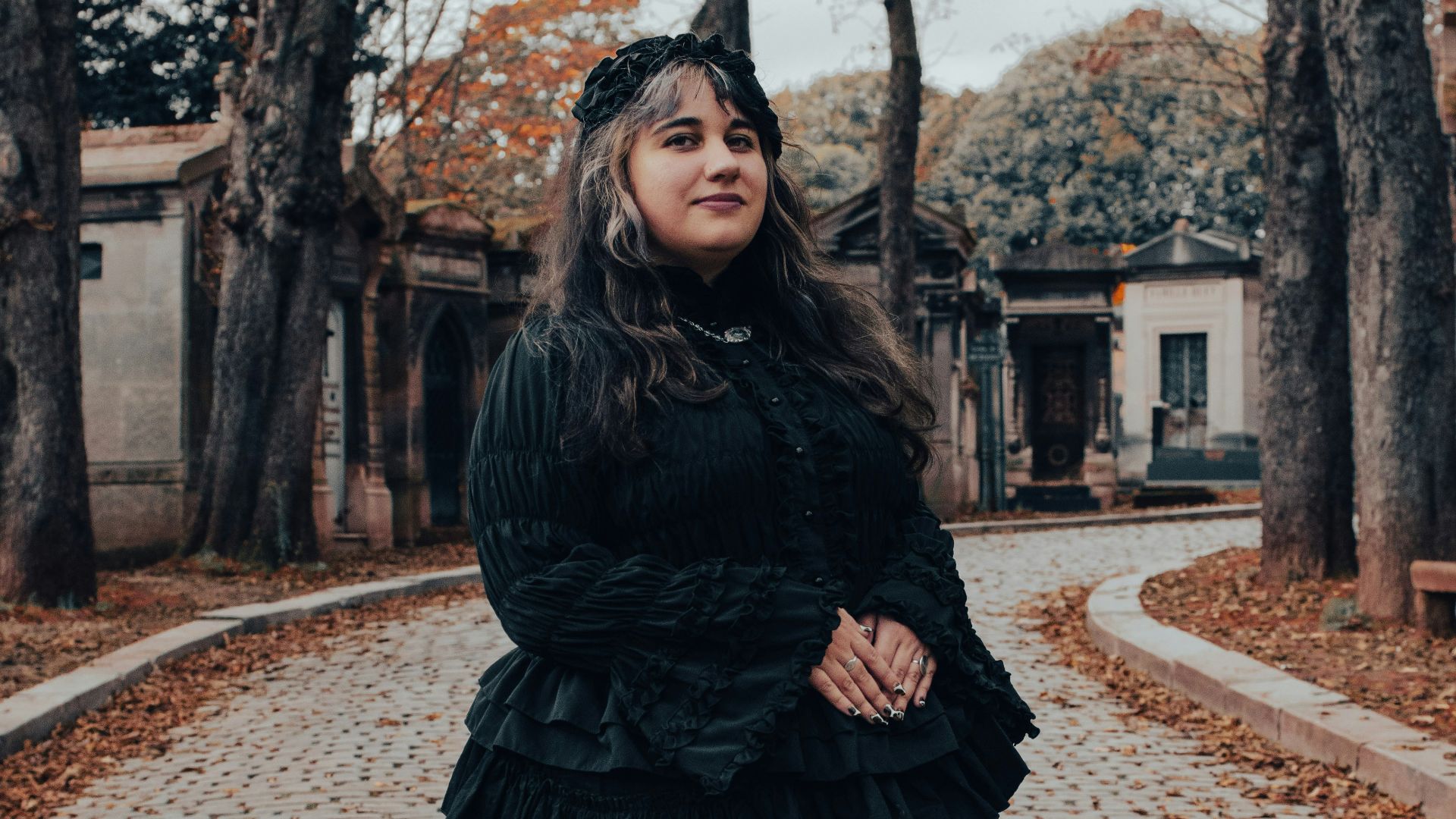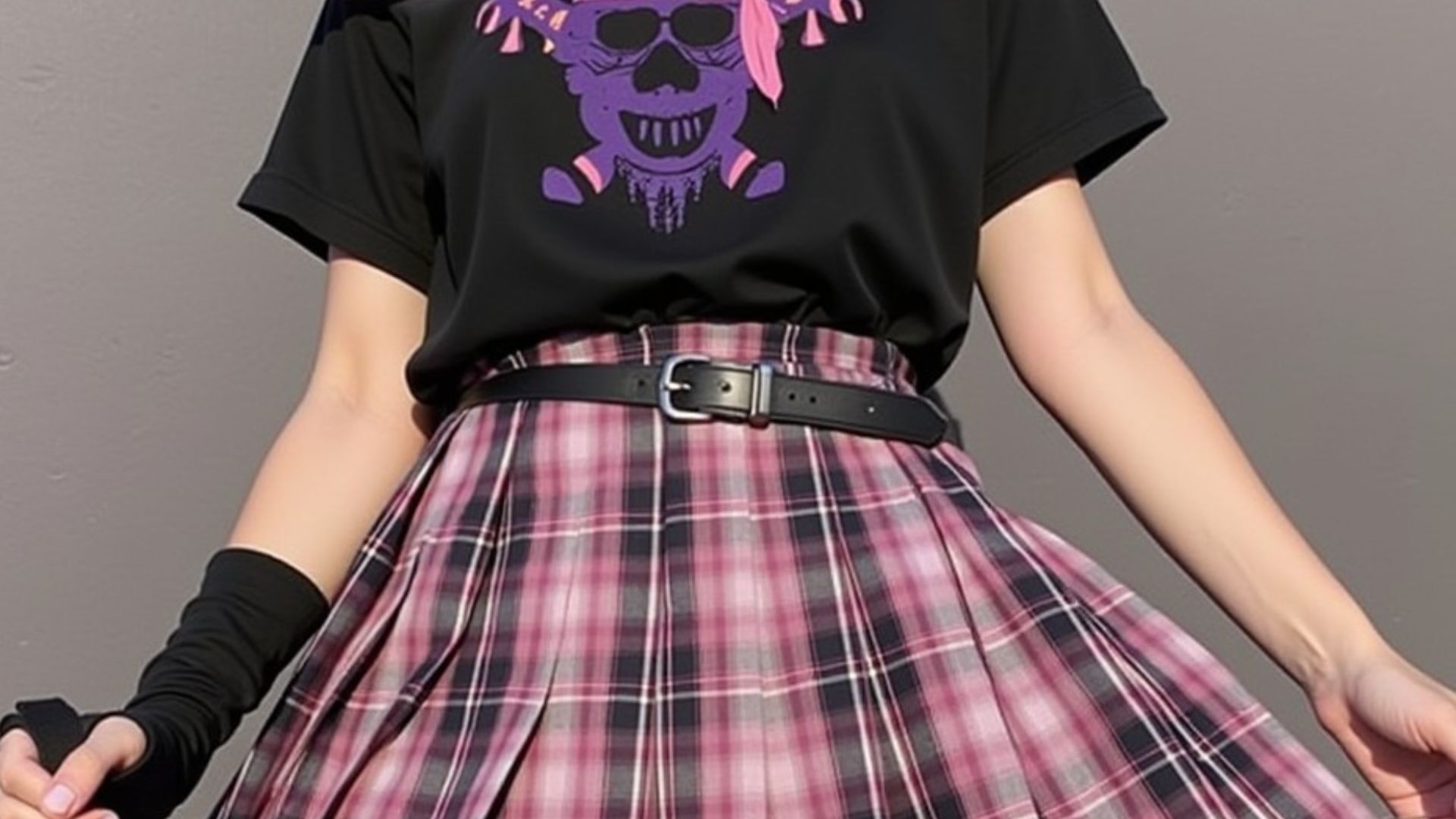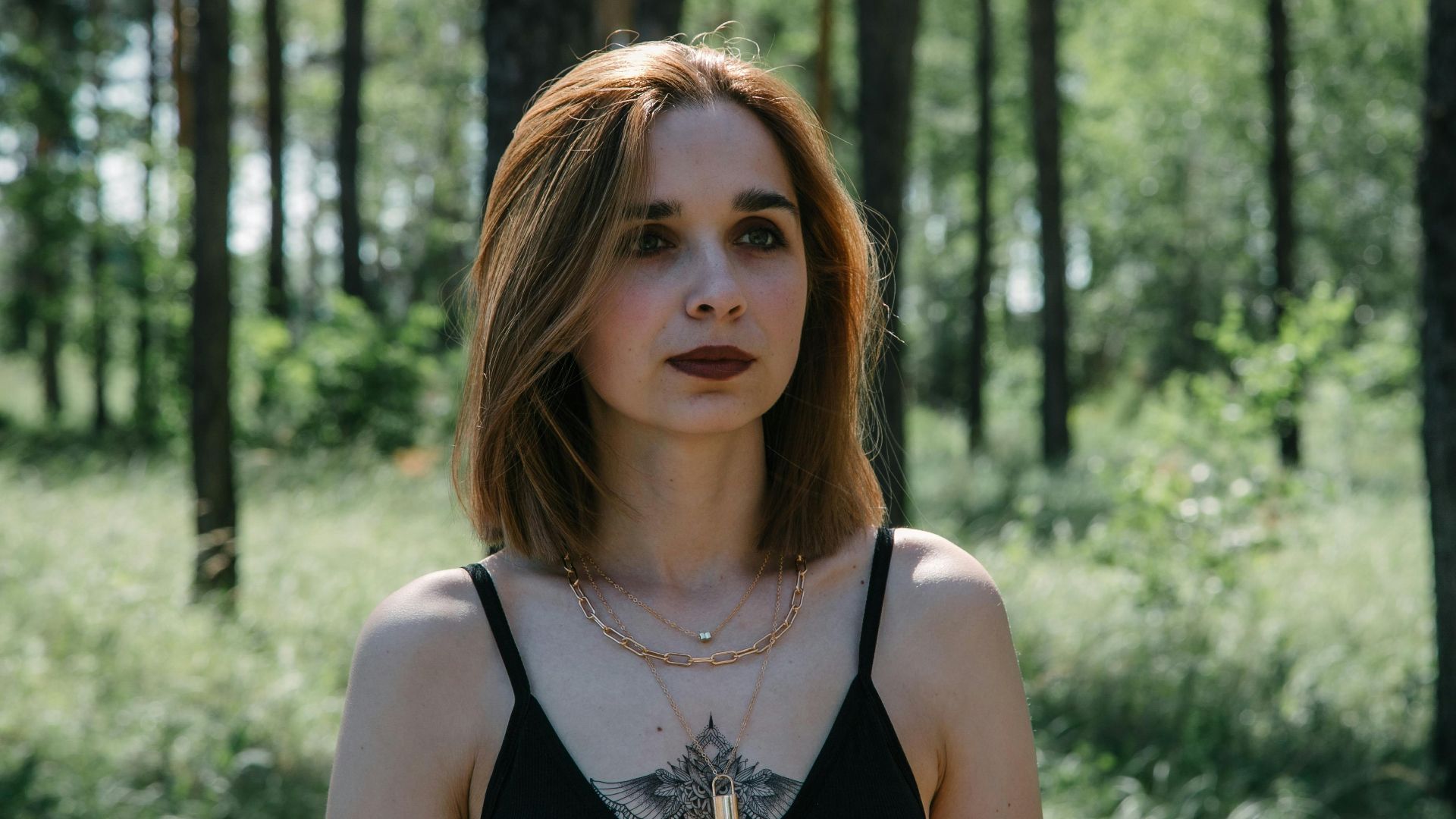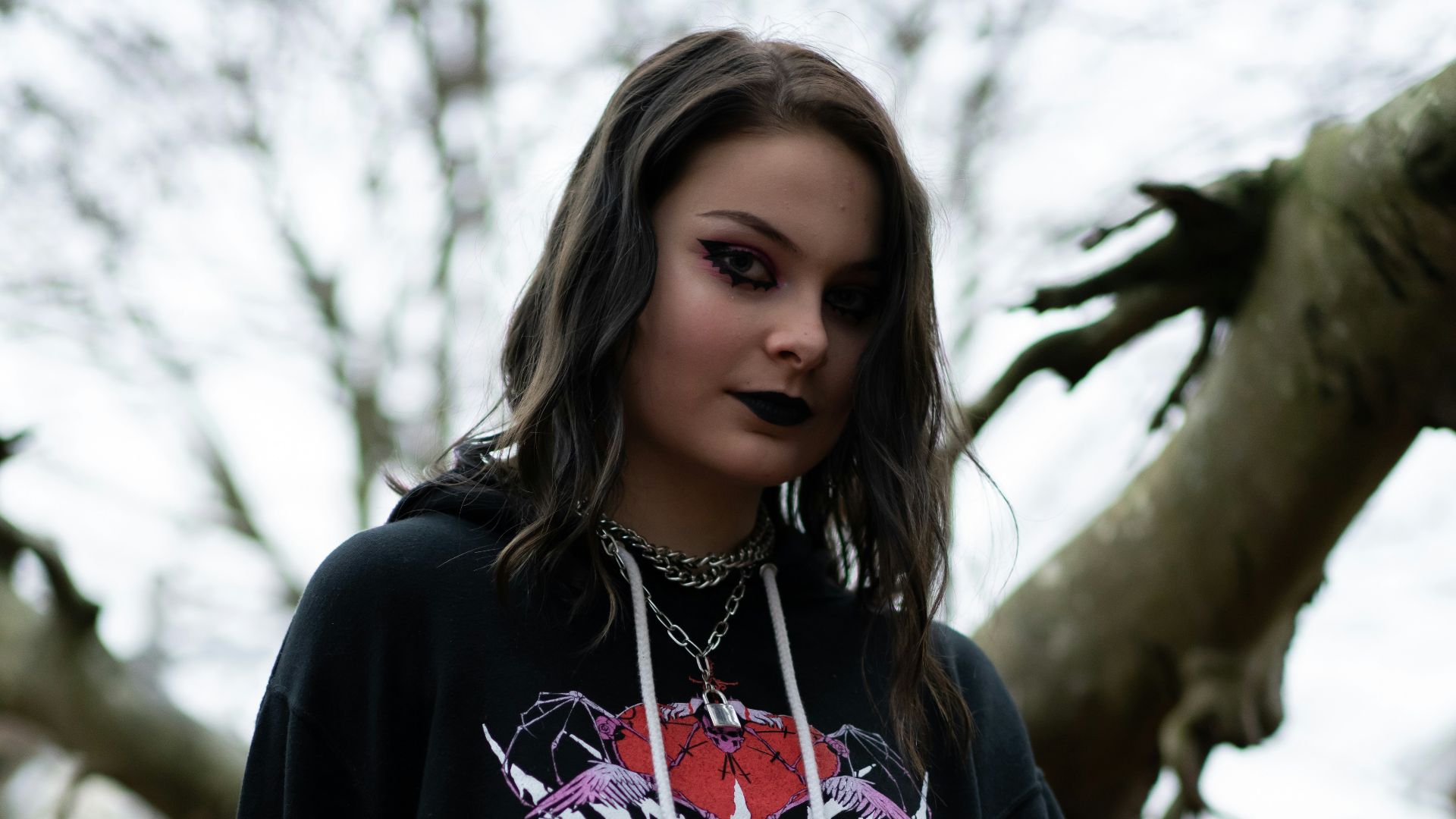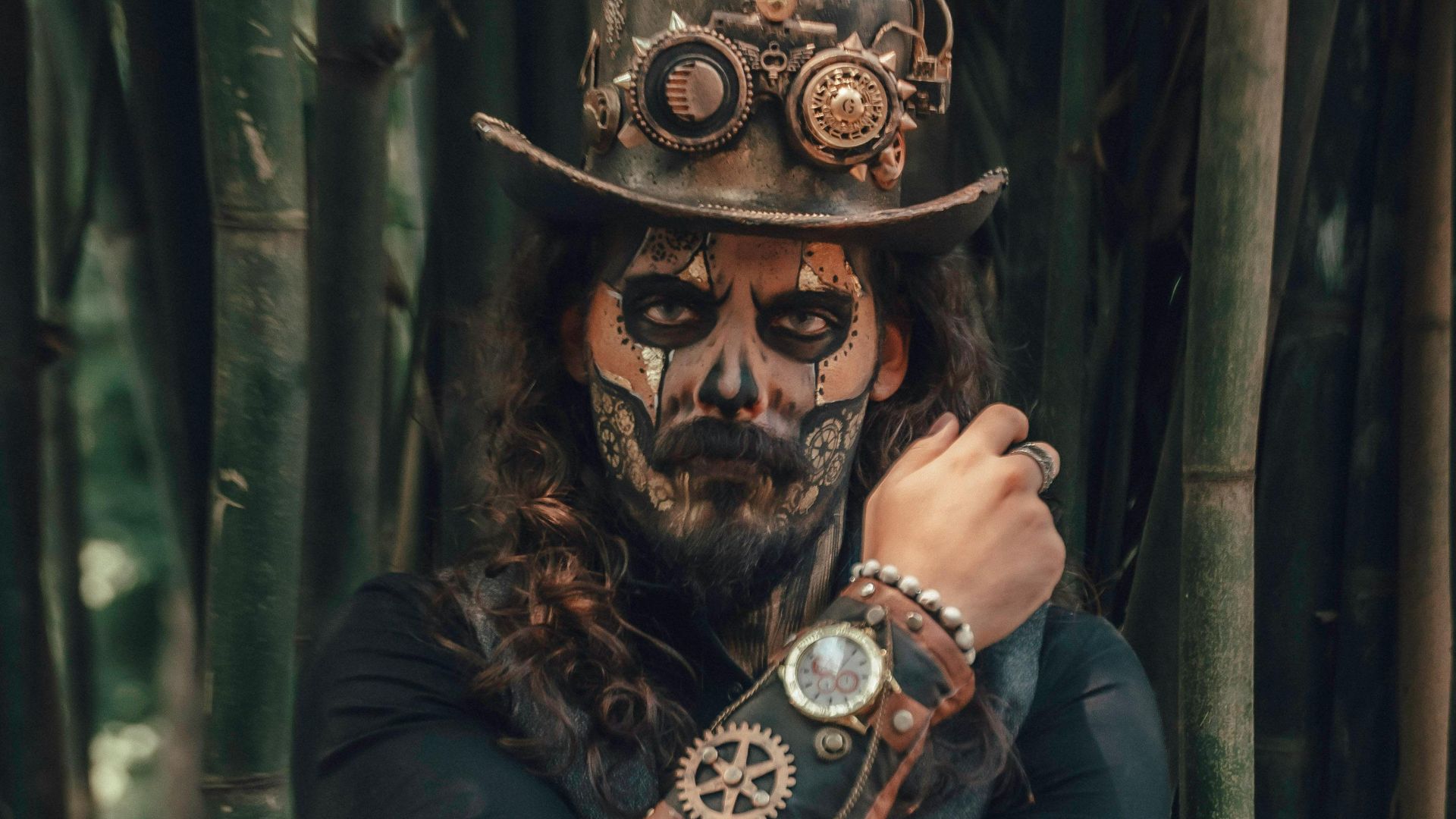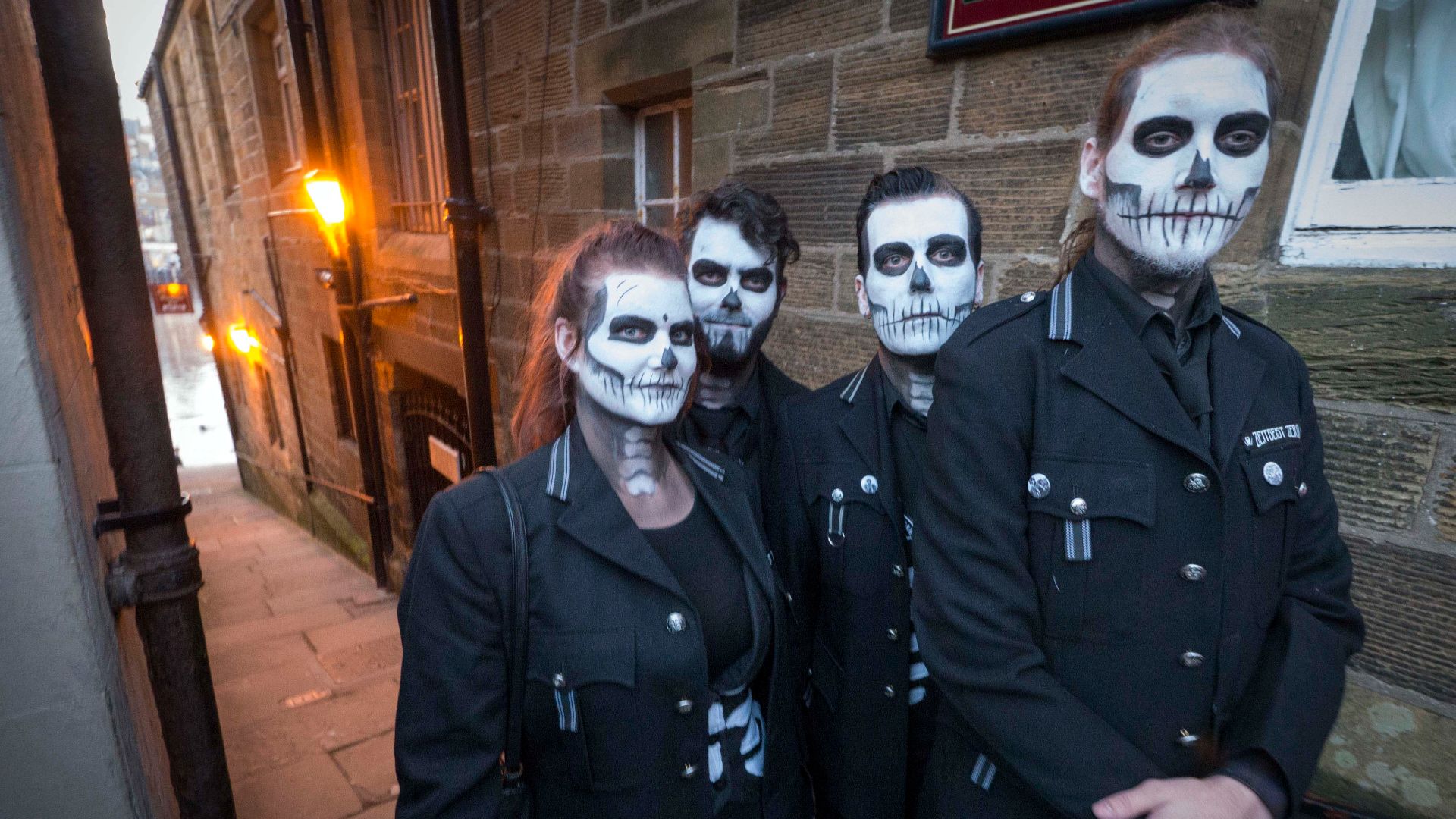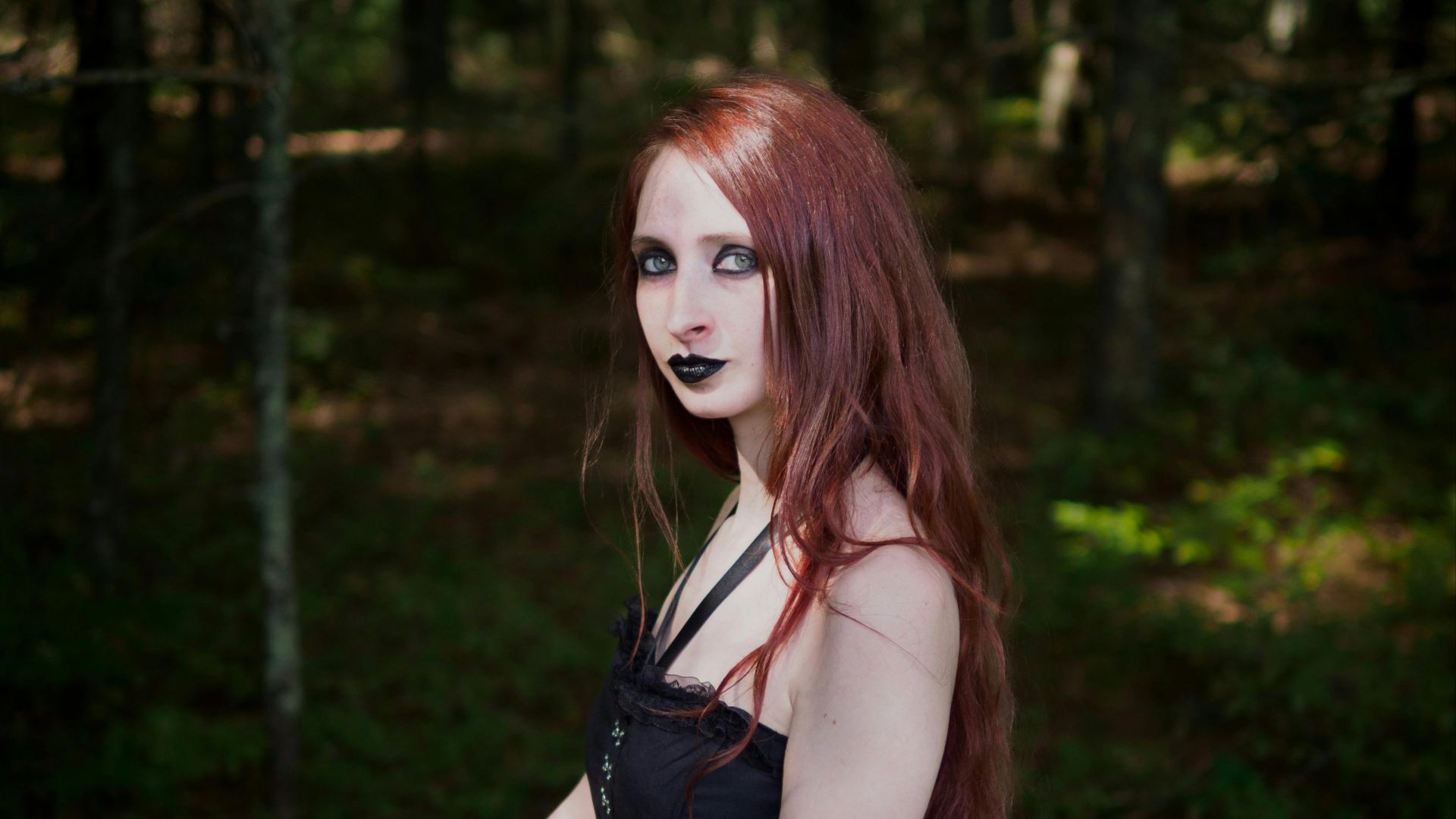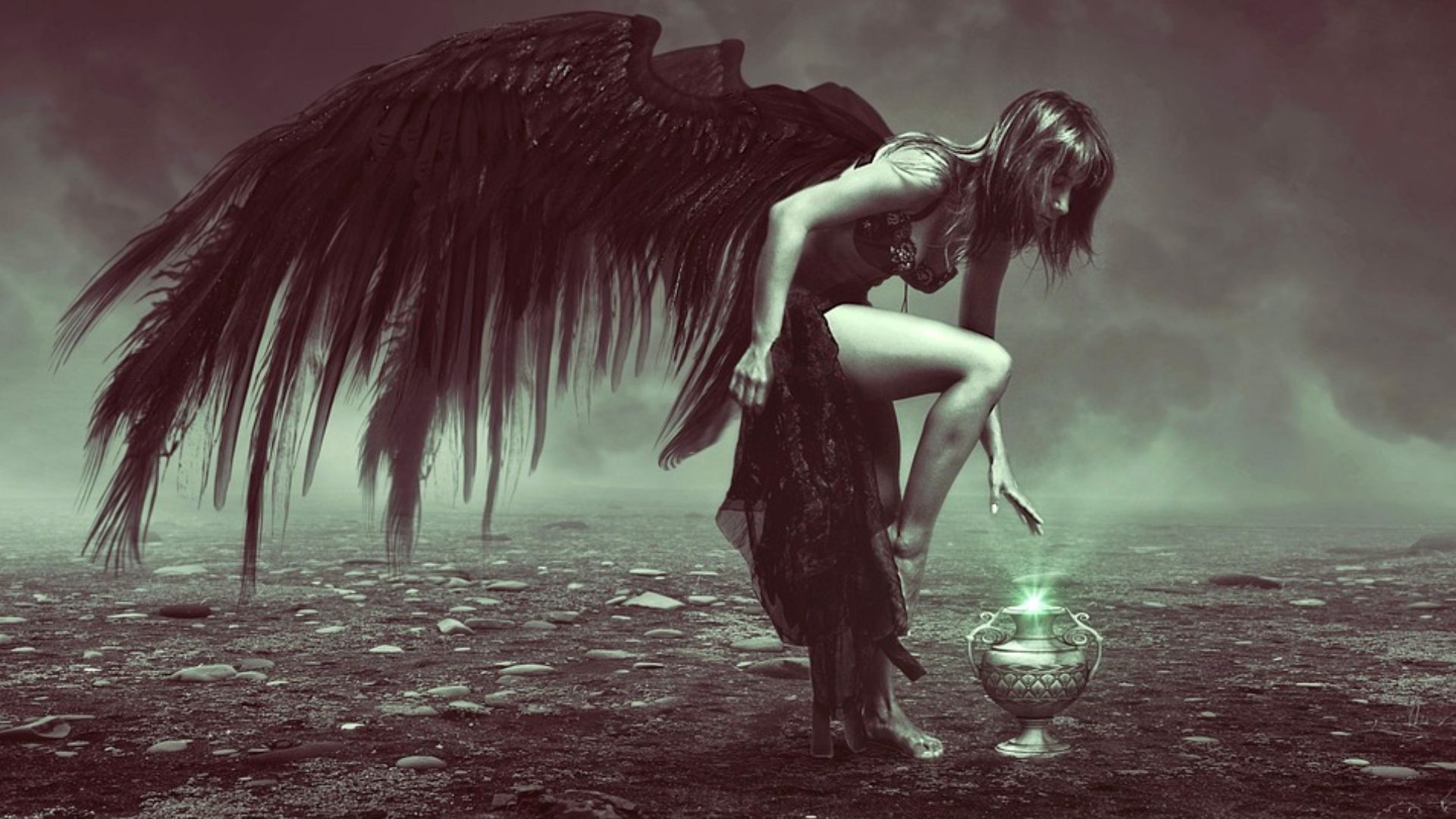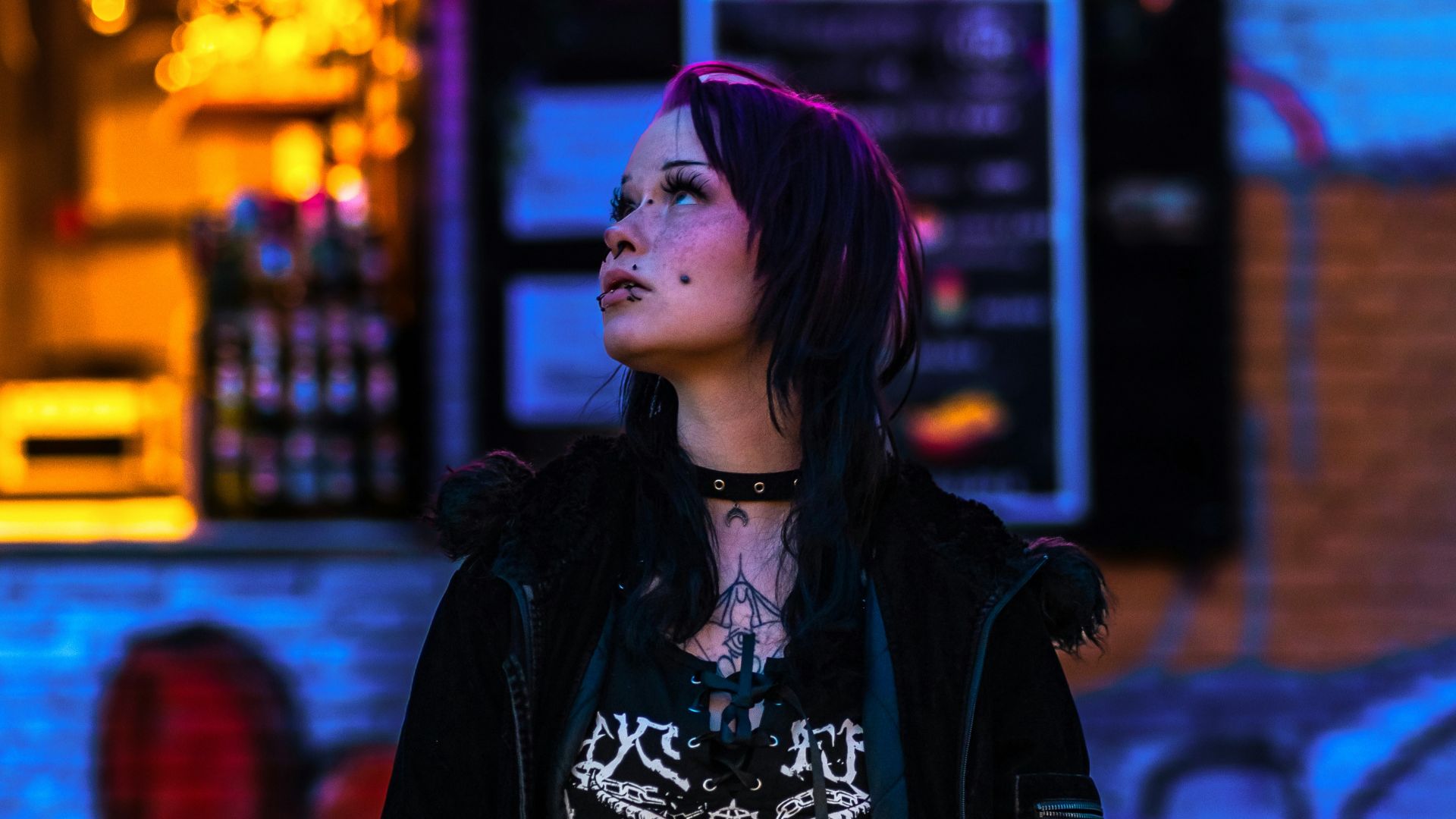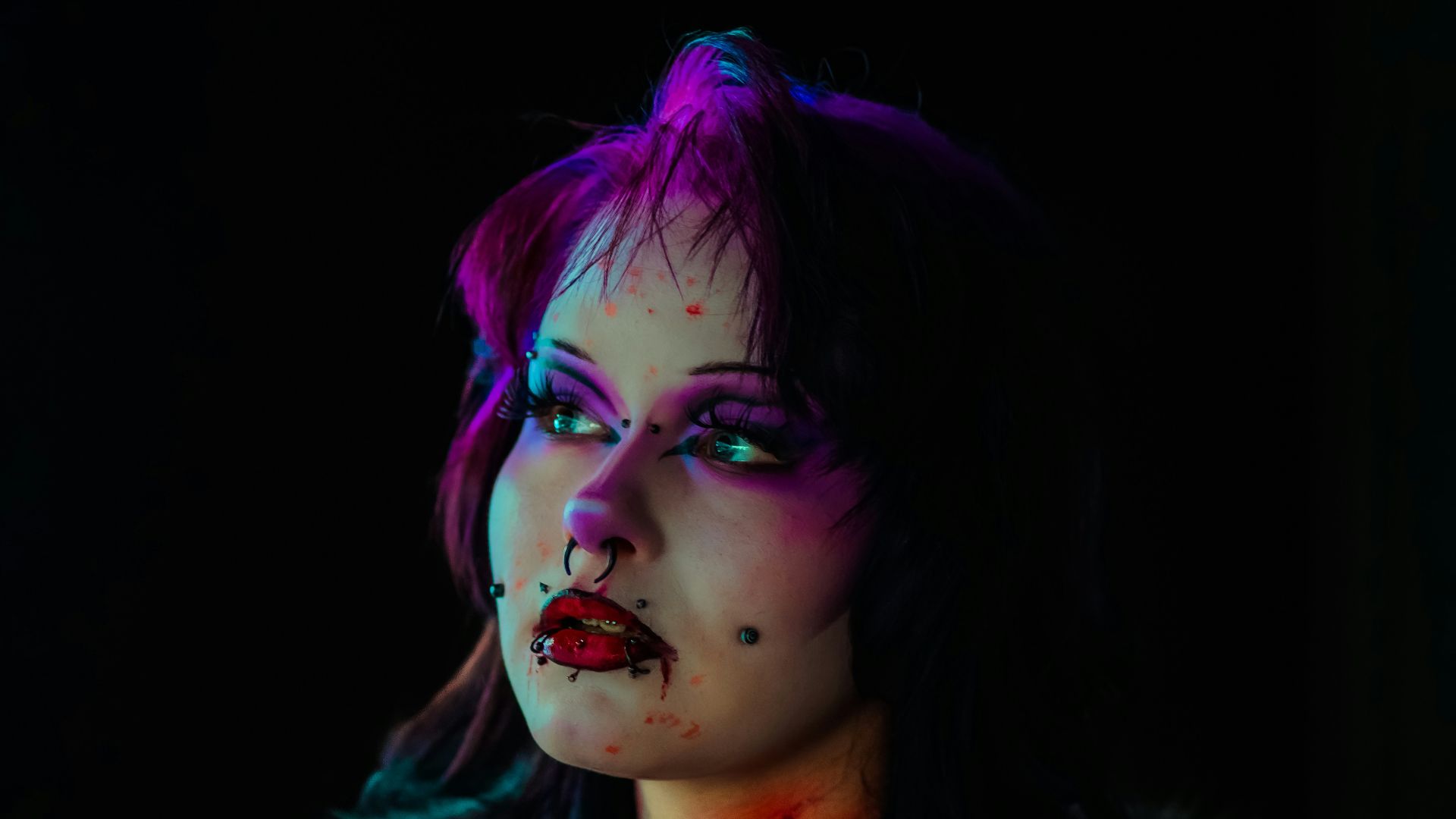Learn About “The Melancholy Cousin Of Punk”
The term “goth” was born out of English nightclubs in the late 1970s, thanks to post-punk bands like Siouxsie and the Banshees, Joy Division, Bauhaus, and the Cure. It became widely accepted as a teen subculture in the early 80s, but reached mainstream awareness in the 90s and early 2000s. Since its inception, many subsets of goth fashion have emerged, but at its core, goth is about personal expression.
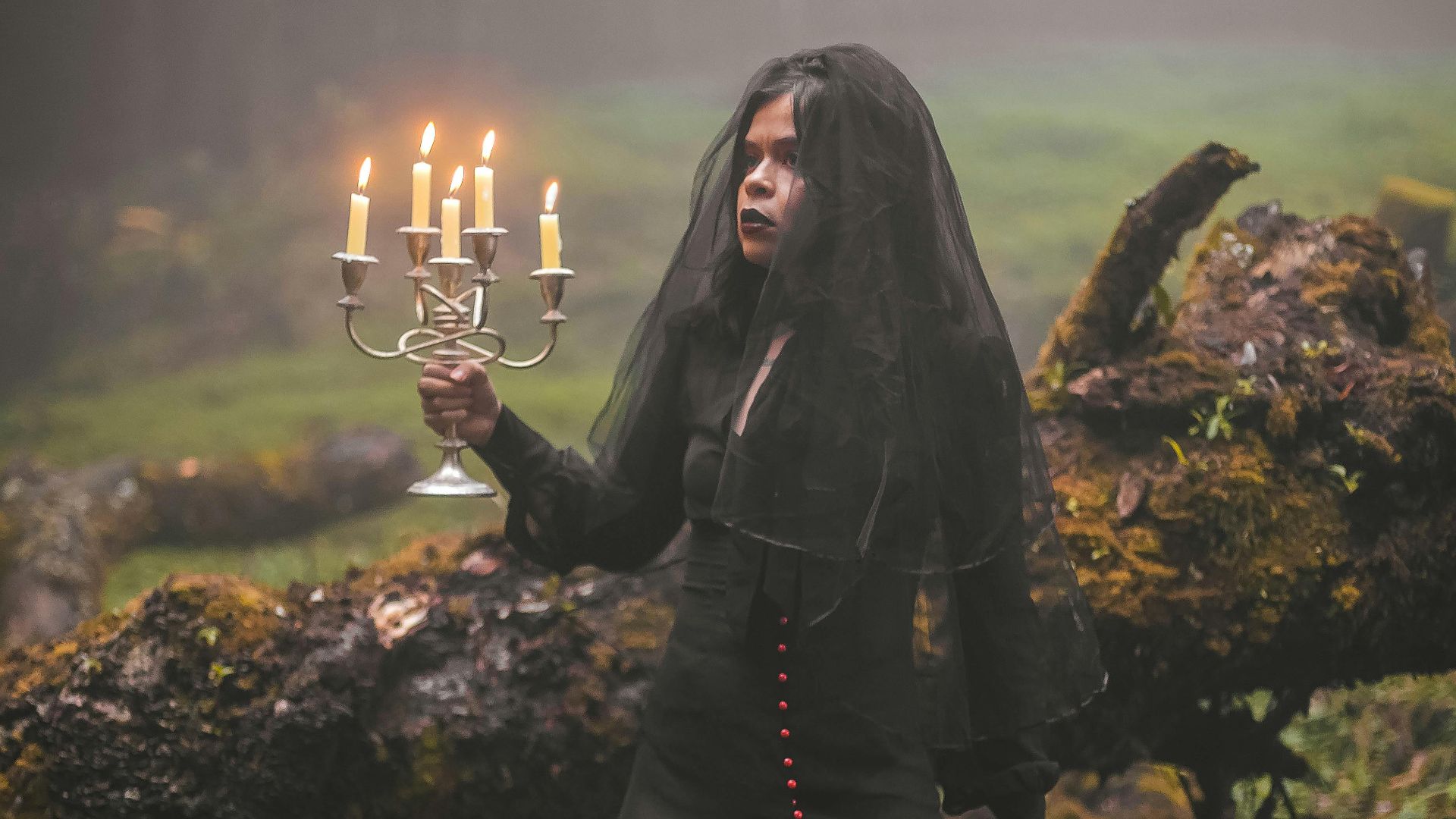 Juan Jesus Madrigal Herrera on Pexels
Juan Jesus Madrigal Herrera on Pexels
1. Trad Goth
Known as the parent of all gothic subcultures, traditional goth blended punk DIY elements with a flair for the dramatic. Most trad goths wore pale foundation, heavy black eyeliner, and large black-dyed hair. It also regularly played with androgyny, as it was common to see men and women wearing similar clothes and makeup.
2. Cybergoth
This subset of goth fashion emerged from the rave scene of the late 1990s. It blends gothic elements like black clothing and traditional makeup with neon colors, large synthetic hair, and futuristic elements like circuitry, goggles, and gas masks.
3. Industrial Goth
Industrial goth teeters toward the mechanical music of the industrial scene with dark fashion. It often incorporated chains, buckles, and steel-toe boots with distressed fabrics and dark makeup, taking on a more edgy and aggressive tone than your traditional goth styles.
4. Mallgoth
Popular among teens in the late 90s and early 2000s, mall goth was the first of these subcultures to prioritize the aesthetic over the deeper culture. Oven characterized by wide-leg pants, platform boots, and spikey accessories, mall goths blended the grungy, nu-metal aesthetic of the 90s with mass commercialization.
5. Whimsigoth
Despite being a popular aesthetic seen in the 80s and 90s, the term whimsigoth actually came from larger internet discourse. It's a blend of witchy, vintage, bohemian, and grunge aesthetics to create a layered, moody, but ultimately lavish fantasy-esque aesthetic.
6. Corporate Goth
Goths do have to work, too. This particular subculture evolved from necessity, as much of traditional gothic fashion isn’t appropriate for a professional workplace. Corporate goth usually involves black or dark-toned business-wear with lace, velvet, or sheer details, complete with one’s favorite spooky accessories.
7. Gothabilly
Gothabilly blends the aesthetics of 1950s rockabilly style with darker elements and was largely inspired by bands like The Cramps. Gothabilly features traditional rockabilly silhouettes, like pencil skirts and victory rolls, but often incorporates skulls, bats, and a darker color palette.
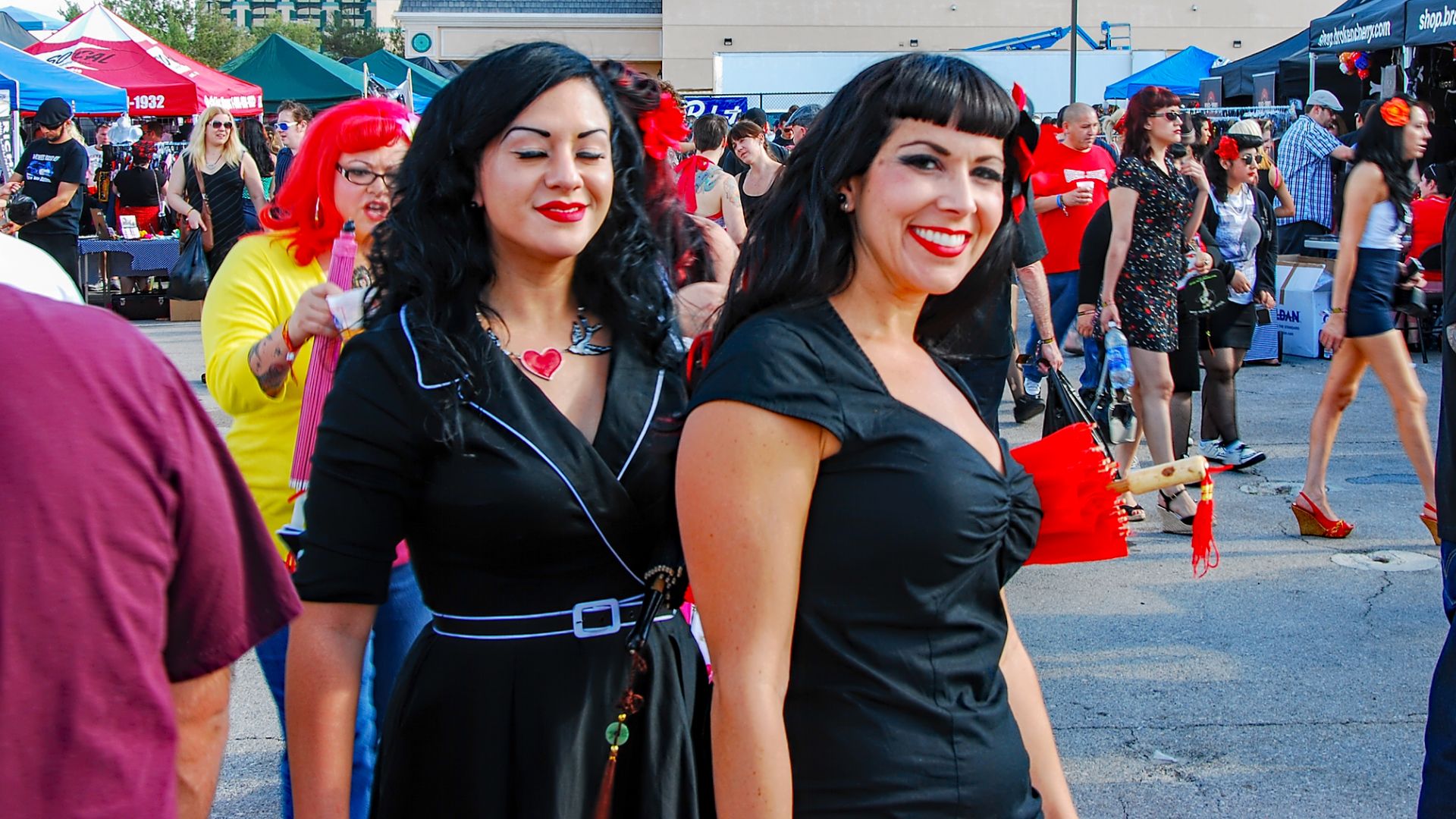 Tomás Del Coro from Las Vegas, Nevada, USA on Wikimedia
Tomás Del Coro from Las Vegas, Nevada, USA on Wikimedia
8. Nu-Goth
This particular aesthetic emerged on websites like Tumblr in the early 2010s as a way to make the goth style feel more casual and accessible. It often featured oversized sweaters, leggings, occult symbols, and a blend of minimalist, hipster, and streetwear fashion.
9. Romantic Goth
This subset of the Gothic style is a gorgeous blend of 19th-century Romantic era literature with Gothic elements. It often incorporates fabrics like velvet and lace, and has a broader color palette, featuring darker jewel tones. Romantic goths are usually seen wearing long, flowy dresses, corsets, and plenty of accessories.
10. Victorian Goth
Victorian goth is similar to romantic goth, but uses more accurate historical elements of the Victorian era. It incorporates floor-length gowns, corsets, bustles, veils, and brooches, and tends to lean more into the Victorian-era culture of death and mourning, rather than the romantic literature coming out at the time.
11. Gothic Lolita
This more modern style incorporates elements of Victorian goth fashion into the cutesier silhouettes. It’s often characterized by shorter a-line dresses, ruffles, and motifs like crosses, bats, coffins, and skeletons.
12. Pastel Goth
Like nu-goth, the pastel goth aesthetic was all the rage on Tumblr. It blends traditional gothic themes, accessories, and makeup, but also uses softer pastel hues like pink, blue, and lavender. Pastel goth stems from the Gurokawa (creepy cute) aesthetic, a popular style in Japan.
13. Hippy Goth
Hippy goth is almost a full-circle aesthetic, incorporating elements of 70s fashion with a touch of the macabre. Hippy goths are often seen in flowing dresses, shirts, and pants, large sunglasses, bandanas, and occult symbols.
14. Perky Goth
Being a perky goth is a full-time gig. While goths are often seen as moody, introverted individuals, the perky goth is quite the opposite. They still wear the black clothing and big boots, but they also incorporate bright colors, polka dots, bows, and other playful accessories.
15. Steampunk
Steampunk has become so popular in recent years that it’s almost an entirely new category of aesthetic. However, its roots definitely come from Victorian and cyber goth aesthetics, often blending futuristic elements with Victorian fashions. Steampunks love the standard Victorian getup, but like to mix in cogs, wires, and bronze items into their accessories.
16. Military Goth
Military goth comes right out of the post-punk scene of the 70s and 80s, and turns traditional authoritative symbolism on its head. Characterized by sharp lines, intense silhouettes, and the discount bins at Army surplus stores. Worn as an ironic, anti-establishment statement, military goths adopted inexpensive, high-quality clothing as a way to fight the Man.
17. Eco Goth
“We’re eco goths, and we don’t need your approval.” This popular term was popularized by the fictional band The Hex Girls, who appeared in Scooby-Doo and the Witch’s Ghost. Since their appearance, eco goth has taken the scene by storm, embracing the darker aesthetic while prioritizing environmentally-friendly practices.
18. Fairy Goth
Blending elements of romantic goth and high fantasy, fairy goths love the beautiful, mysterious, and ethereal aesthetics often associated with their magical creatures. They’re often seen in long, flowing garments, smoky eye makeup, crystals, and nature-based accessories.
19. Punk Goth
Since goth fashion emerged from the post-punk scene, it only makes sense that punk goth would show up as a popular subculture. It’s very similar to traditional goths in terms of androgyny and color palette, but often includes punk elements like spiked hair, safety pins, studs, and nice, heavy boots.
20. Glam Goth
This subset of gothic culture heavily incorporates post-punk aesthetics with the glam rock scene of the 1980s. It’s often characterized by having huge hair, sheer or mesh-made clothes, leather vests, jackets, and pants, and a whole whack of accessories.


